The Don Bailey Lecture Series
The College of Kinesiology at the University of Saskatchewan is proud to present the Don Bailey Lecture Series.
The Don Bailey Lecture Series honours and commemorates the work of Dr. Don Bailey, an internationally acclaimed visionary. As a University of Saskatchewan faculty member and researcher, Don worked at the cutting edge of science and technology in the area of health sciences.
Amongst many of Don’s achievements, four groundbreaking projects stand out as having a major impact on health: The Saskatchewan Growth and Development Study, ParticipACTION, the Lifestyle Inventory Fitness Evaluation and the Bone Mineral Accrual Study.
Described by colleagues as a self-effacing, humble man, with a great sense of fun and determination, Don continues to inspire the next generation of bone and health development research.
The Don Bailey Lecture series will feature engaging and innovative guest lecturers from across the globe, presenting a broad range of kinesiology-related topics that advance health and wellness, and promote the importance of maintaining a healthy, active lifestyle.
We invite you to join us in celebrating Don’s legacy through the Don Bailey Lecture series.
The Don Bailey Lecture Series is 100% donor funded and we thank those donors. We invite all members of our community to join us for the Don Bailey Lecture Series. To make a donation, click here and leave Don Bailey Lecture Series in the comment section.2024 Speaker
Thank you to those who attended the 2024 Don Bailey Lecture Series.
We look forward to seeing you at future lectures.
Dr. Adam D.G. Baxter-Jones, PhD, joined the University of Saskatchewan (USask) faculty in 2000 and has held a number of leadership roles during his time on campus. These positions include Associate Dean (Graduate Education and Research) College of Kinesiology (2008-2010, 2011-2012), Acting Dean College of Kinesiology (2010-2011), Interim Dean, College of Graduate and Postdoctoral Studies (2013-2017). He currently serves the university as the Interim Associate Provost, Health, in the USask Health Sciences.
Dr. Baxter-Jones’s program of research concerns the growth and maturation of children pertaining to body composition development in relation to physical activity, sport, and exercise. He is a recipient of the 2015 University of Saskatchewan’s Distinguished Researcher Award and the 2012 Saskatchewan Health Research Foundation Achievement Award.
He is a member of the Canadian Institute of Health’s (CIHR) College of Reviewers and currently the Scientific Officer on CIHR’s Social & Developmental Aspects of Children’s and Youth’s Health (CHI) committee.
In 2021, Dr. Baxter-Jones was named in a Stanford University report as one of the world’s top 2 per cent most-cited scientists in various disciplines. His research work has been cited approximately 15,000 times across hundreds of papers, including in prestigious journals such as Nature and The Lancet.
Dr. Donald A. Bailey Biography
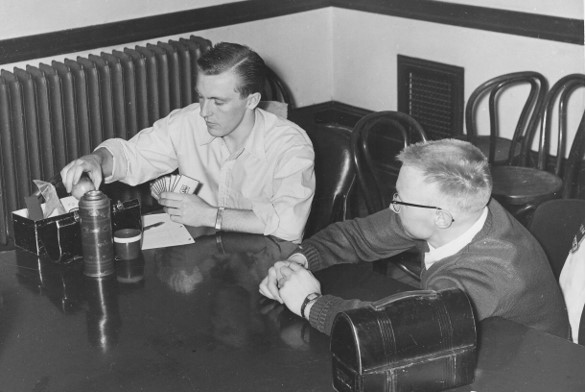
Written by Dr. Adam Baxter-Jones
Don was born in Saskatoon in 1934 during the Great Depression. His mother was a school teacher and his father a train engineer. After attending Nutana Collegiate in the 1940’s, Don enrolled in the College of Arts and Science at the University of Saskatchewan and graduated in 1955. In 1957 he married Donna, a home economics teacher, who has provided support and guidance over the past 63 years. Together they raised 3 children Jonathan, Byron, and Bonnie.
His postgraduate education began at Bowling Green State University, in Ohio and was completed at Indiana University where Don received his PhD in 1959 and where, he started a lifelong support of the Hoosiers. He returned to Saskatoon in 1959 and was recruited into the Faculty of the School of Physical Education which later became the College of Physical Education and then the College of Kinesiology. He remained in the College until his retirement in 1994, having taught over 5 decades, at which time he was granted the status of Emeritus Professor. In post retirement Don assumed a visiting professor position at the University of Queensland in Brisbane Australia, teaching the fall term growth and development course for 10 years from 1995 to 2005.
During his long and distinguished career Don was always at the cutting edge of both science and technology. Amongst many achievements four studies stand out and have had a major impact on people’s health: The Saskatchewan Growth and Development Study (SGDS), ParticipACTION, the Lifestyle Inventory Fitness Evaluation (LIFE) and the Bone Mineral Accrual Study (BMAS).
On joining the School of Physical Education, Don worked with the then Director, Dr. Bill Orban on studies of children’s physical fitness. Dr. Orban had previously been employed by the Canadian Department of Defense where he developed the famous “5 BX and 10 BX” (five and ten basic exercises) fitness programs. In the immediate post war period, there was growing consensus that Canadians were unfit and health professionals turned their gaze away from Canada’s military forces toward the Canadian public.
In 1963, to address concerns about the fitness levels of Canadian children, Dr. Orban initiated the Saskatchewan Growth and Development Study (1963-1973) with Don installed as the study’s Principal Investigator. This was one of the worlds first studies to follow longitudinally the development of children’s physical fitness, concentrating on the development of body composition, strength, and aerobic fitness. In 1967 his first PhD student Dean Emeritus Bob Mirwald joined the study team. This study is still ongoing, for example in 2017 Don collaborated with Drs. Adam Baxter-Jones and Bob Mirwald in publishing a paper that investigated links between trajectories of adolescent aerobic fitness and adiposity development and markers of cardiometabolic risk in adulthood (40 to 50 years of age).
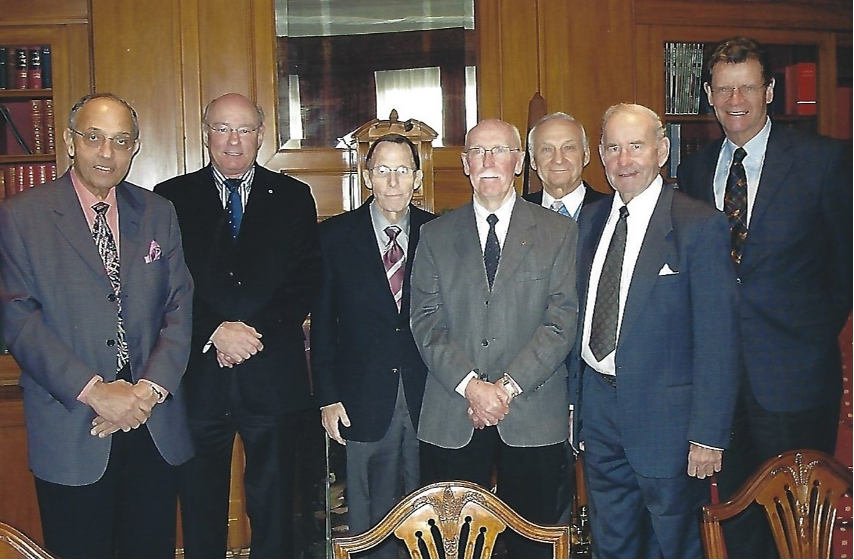
Don was an early proponent of the importance of health promotion and in the early 70’s joined the boards of ParticipACTION and ParticipACTION Saskatoon. ParticipACTION, was a Canadian government public initiative to increase public awareness of the need for daily physical activity and healthy lifestyle choices. Don was a board member for the whole of its existence first working with Keith McKerracher (President 1972-1978) and then with Russ Kisby (President 1978-2000) a lifelong friend of Don’s and a graduate of the University of Saskatchewan. One of ParticipACTION’s most famous media marketing approaches was the comparative international findings that “some Swedish men at age sixty had the same fitness level as some Canadian men at age thirty”. ParticipACTION Saskatoon was picked as the demonstration community for ParticipACTION and as a board member Don was central to its success. One spin-off, in 1975, was the Saskatoon vs. Umea (Sweden) Great Ga Lunka Lop / Run, Walk, Jog. Saskatonian’s won this competition by recording 2% more physical activity over a three-day period. As part of ParticipACTION, with Dr. Roy Sheppard and Dr. Roy Rasmussen, Don also notedly developed a home fitness test.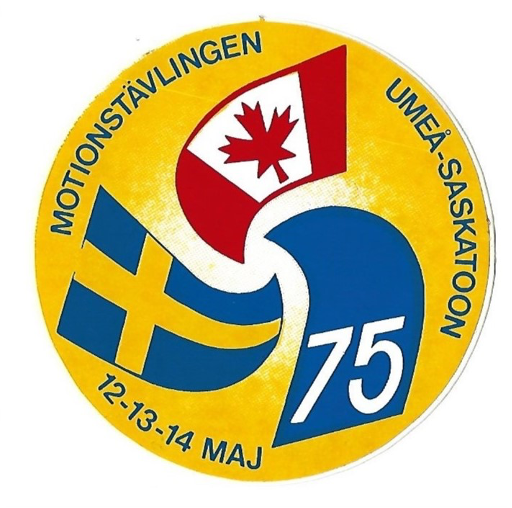
Not content with just one health promotion Don, during the late 1970’s and early 1980’s, went on to be actively involved in the development of LIFE (Lifestyle Inventory Fitness Evaluation). LIFE was one of the first studies to computerise collected fitness data. LIFE was taken up by the YMCA and instigated nation wide with Don leading the academic evaluation of the data collected. He was assisted in these endeavours by his students Dr. Bob Mirwald, Dr. Bob Faulkner, and Clinton Weese.
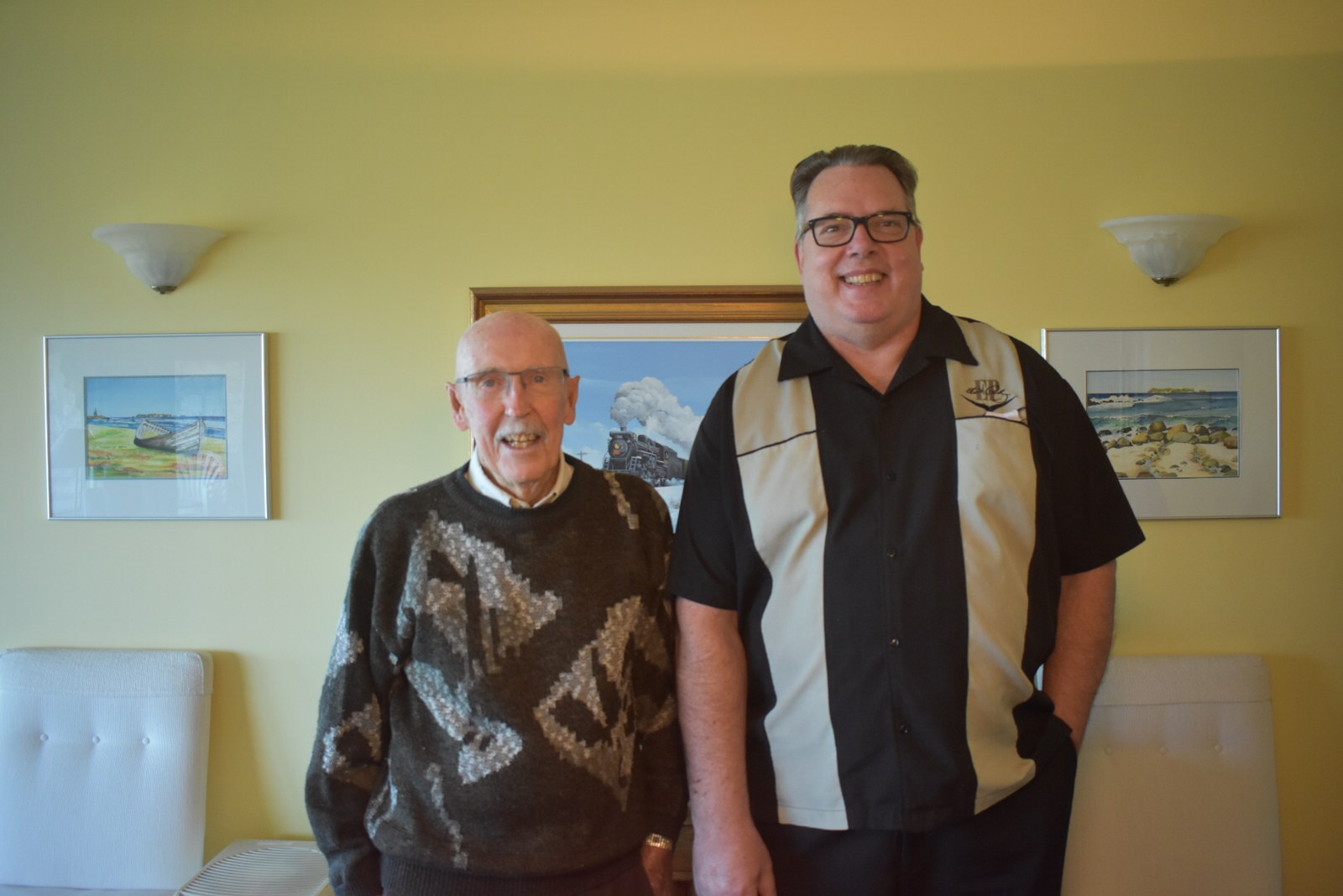
In the late 1980’s, Don’s interests turned to bone health, initially looking at lifestyle and bone health in young women with his PhD student Dr. Bob McCulloch. Don was also interested in children’s bone health and in 1989 published a paper that showed the incidence of sustaining a bone fracture during adolescence was equal to the incidence of sustaining a fracture at 50 years of age. Don concluded that the relationship between incidence of fracture and age could not be explained solely by an increase in physical activity but may be related to bone development during the growing years. So not content with directing just one childhood growth study Don decided to initiate a second. In 1991, the Saskatchewan Bone Mineral Accrual Study (BMAS) started, following a group of Saskatchewan school children. Over the next 7 years, assisted by his PhD student Dr. Heather McKay, nearly 200 children were annually assessed. This is the world’s longest ongoing investigation of children’s bone health and lifestyle. In 1999, Don showed that during adolescence those children who where more physically active accrued 20% more bone than their inactive peers. In 2008, when this group were in their 20’s he found that those who were active teenagers had maintained this increased bone health. In 2011, he and Dr. Baxter-Jones published a paper that answered Don’s initial 1989 questions and showed that during adolescence there was a period of time when bone growth and bone mineralization (an index of bone strength) were out of synch making bones more susceptible to fracture.
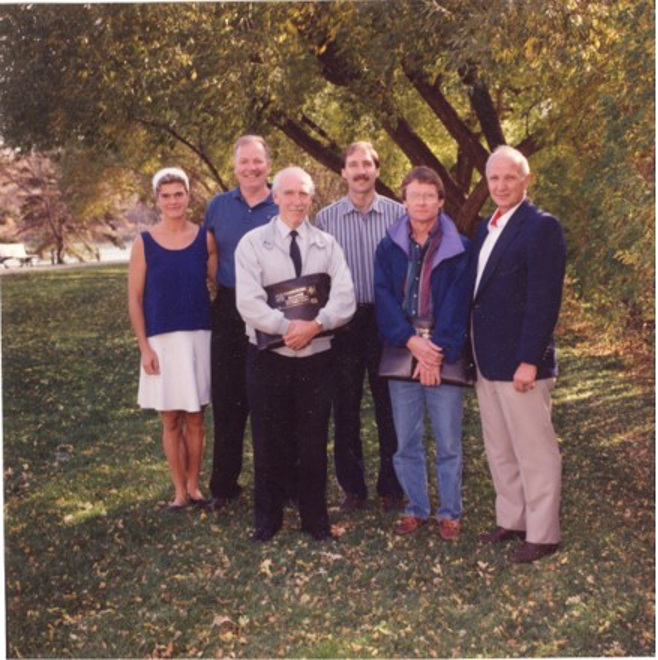
This short bio only captures a small fraction of Don’s academic achievements. Over a long and distinguished career, he published over 200 journal articles and book chapters and many more presentations at national and international scientific meetings. He also trained the next generation of children’s bone health researchers many of whom have gone on to have very distinguished academic careers of their own. He had always been a strong advocate of the College of Kinesiology (nee College of Physical Education) with two of his doctoral students going on to become Deans of the College. Don always said his proudest achievement had been the mentoring of these students and watching them grow as researchers and academic leaders.
The importance of this Don Bailey lecture series can be captured in his style of presentations, very much a storyteller. A style that lead him to be a much sought after as a keynote speaker around the world. In telling a story, in his soft prairie drawl, Don has enthralled, entertained, and most importantly educated so many generations of faculty and students. A classic example, initially tried out during the Colleges’ Friday afternoon research seminars, was his take on James Weldon Johnson’s 1928 spiritual song “Dem Bones”, taken from Ezekiel’s visit to the “Valley of Dry Bones” (Ezekiel 37:1-14). In this presentation Don explains how bones develop and why physical activity during childhood is so important for future bone health.
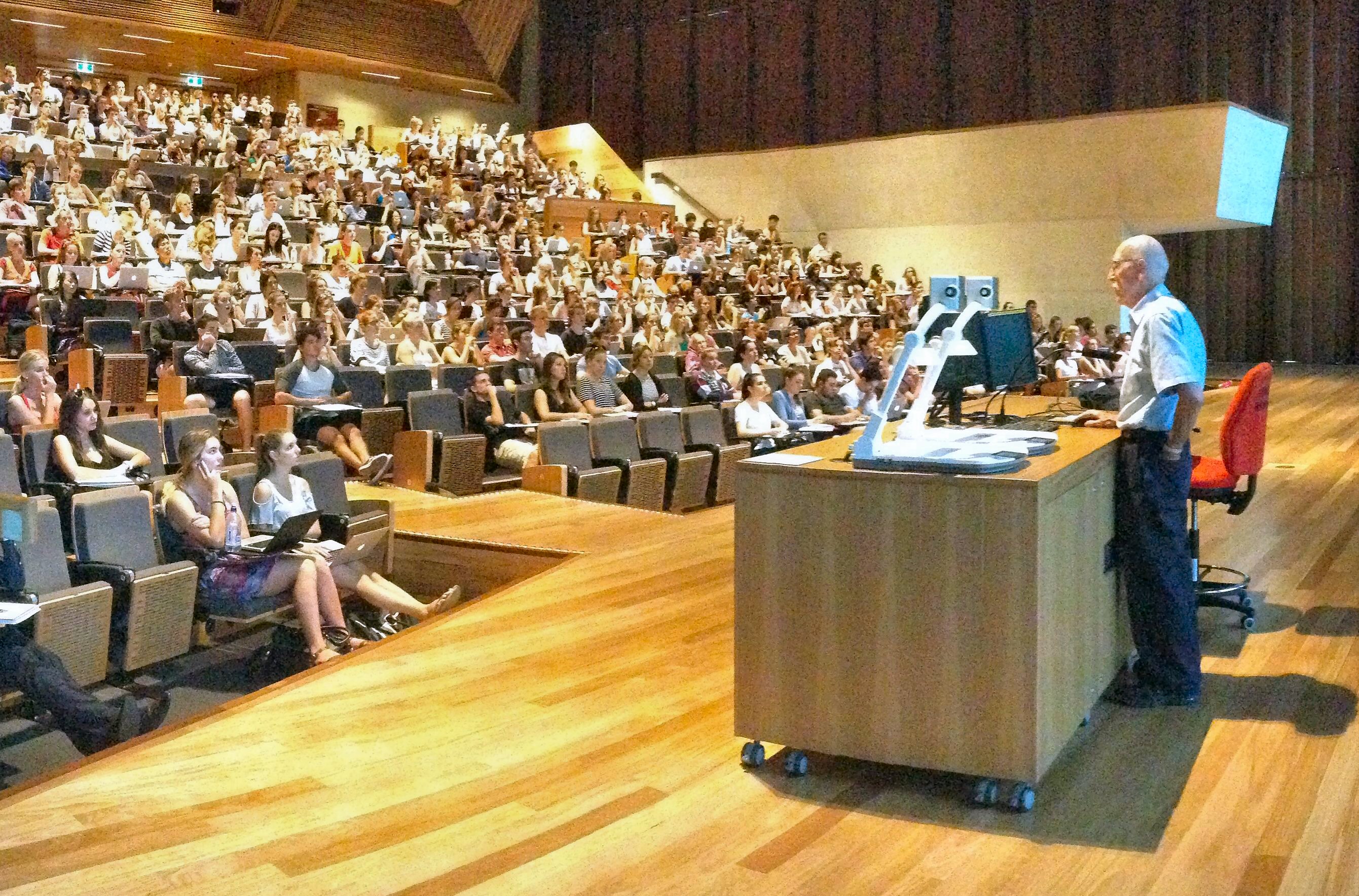
This very much captures the essence of Don, a very spiritual, self-effacing, humble man, with a great sense of fun and a determination to improve the lives of his fellow Canadian’s through promoting the importance of maintaining a healthy lifestyle. For all his important work with Canadian organisations to promote health, Don had always remained true to his roots describing himself as the “token jockstrap” within the public health organisations he had been involved with.
Dr. Don Bailey passed away peacefully on June 3, 2023 surrounded by family. He loved life and life loved him back. We trust that now Don can rest in peace knowing that his dream was fulfilled. He wanted to leave the world a little bit better than he found it.
Previous Presenters
2021 - Joe Eisenmann
2022 - Dr. John Cairney
